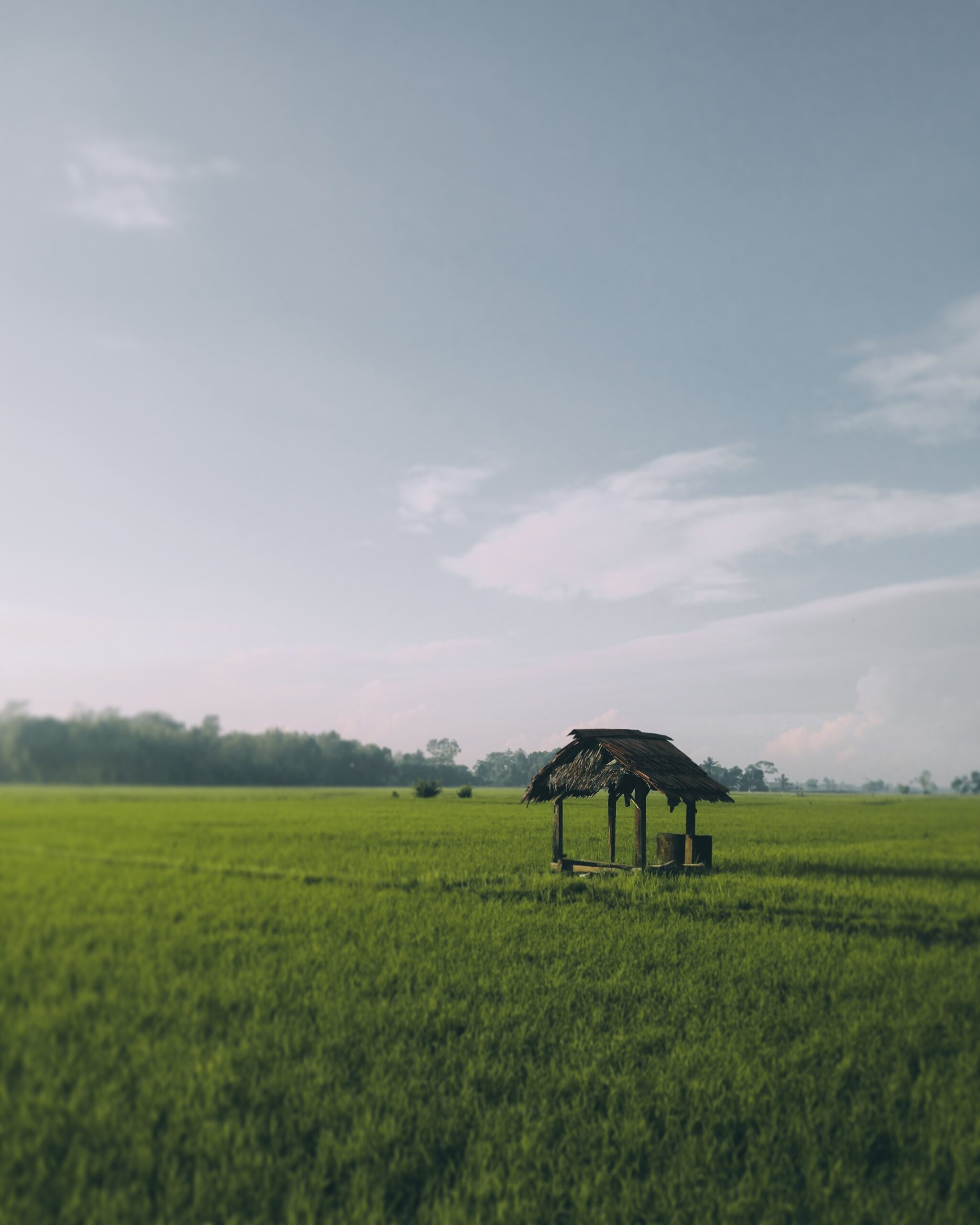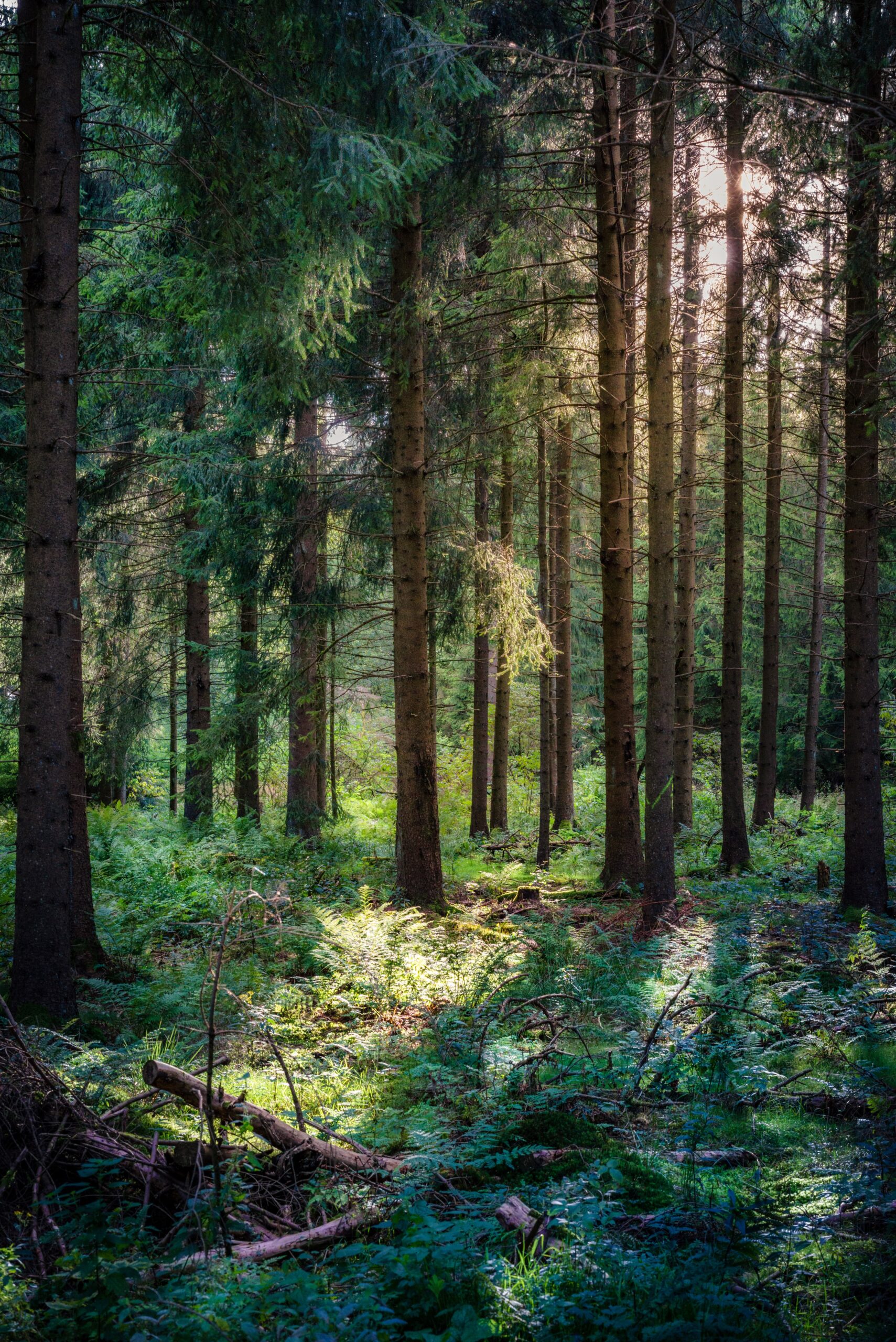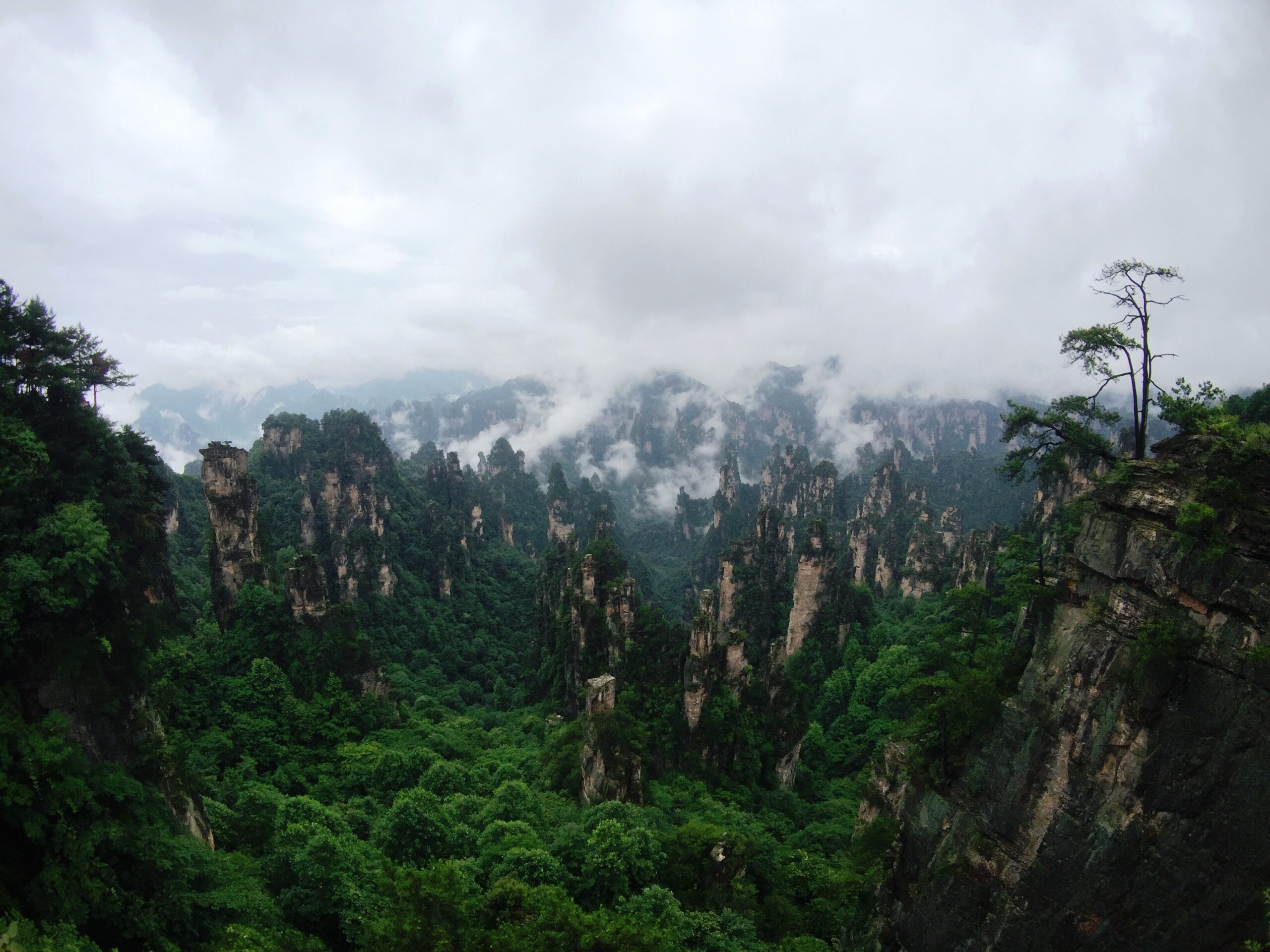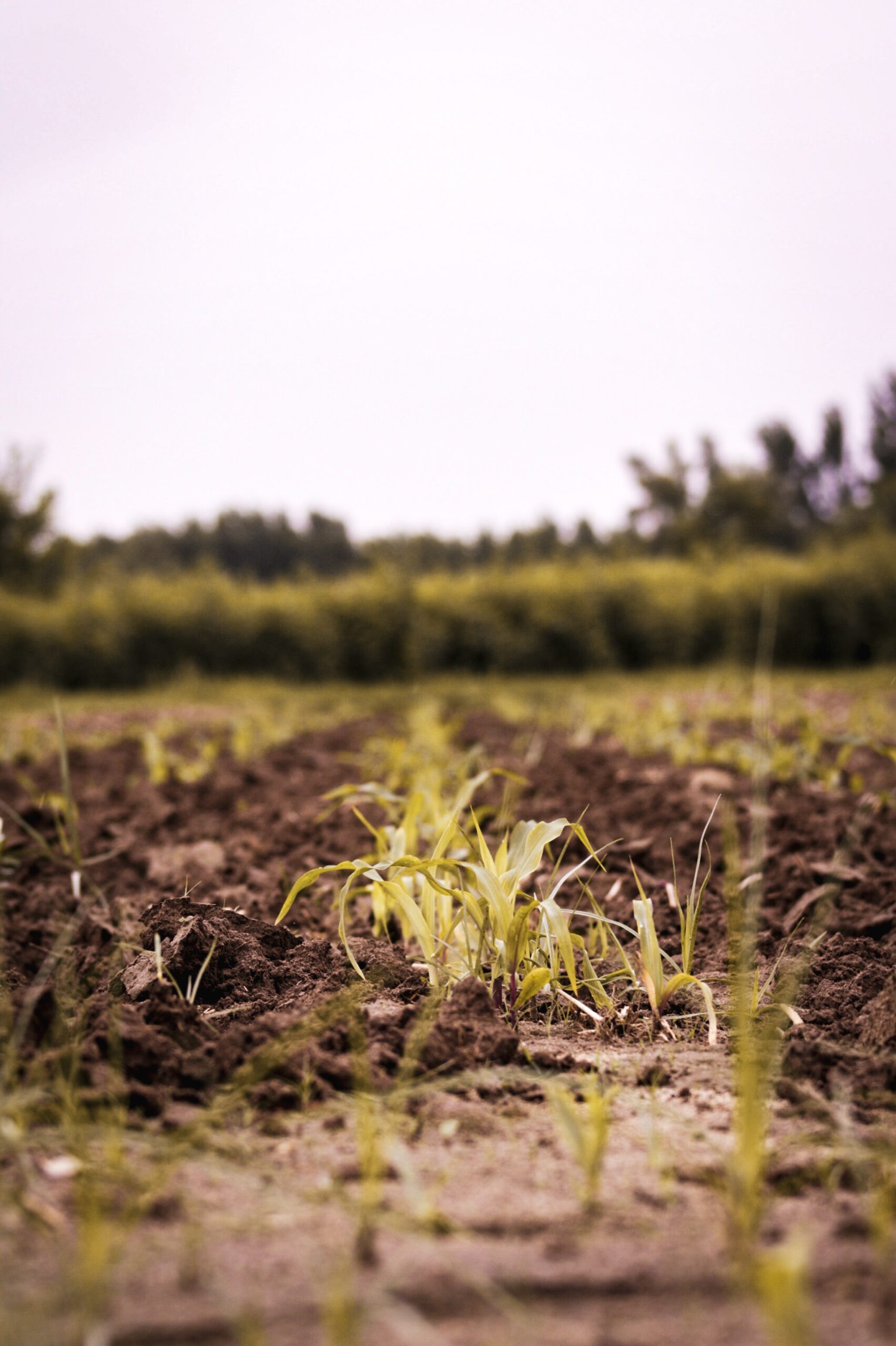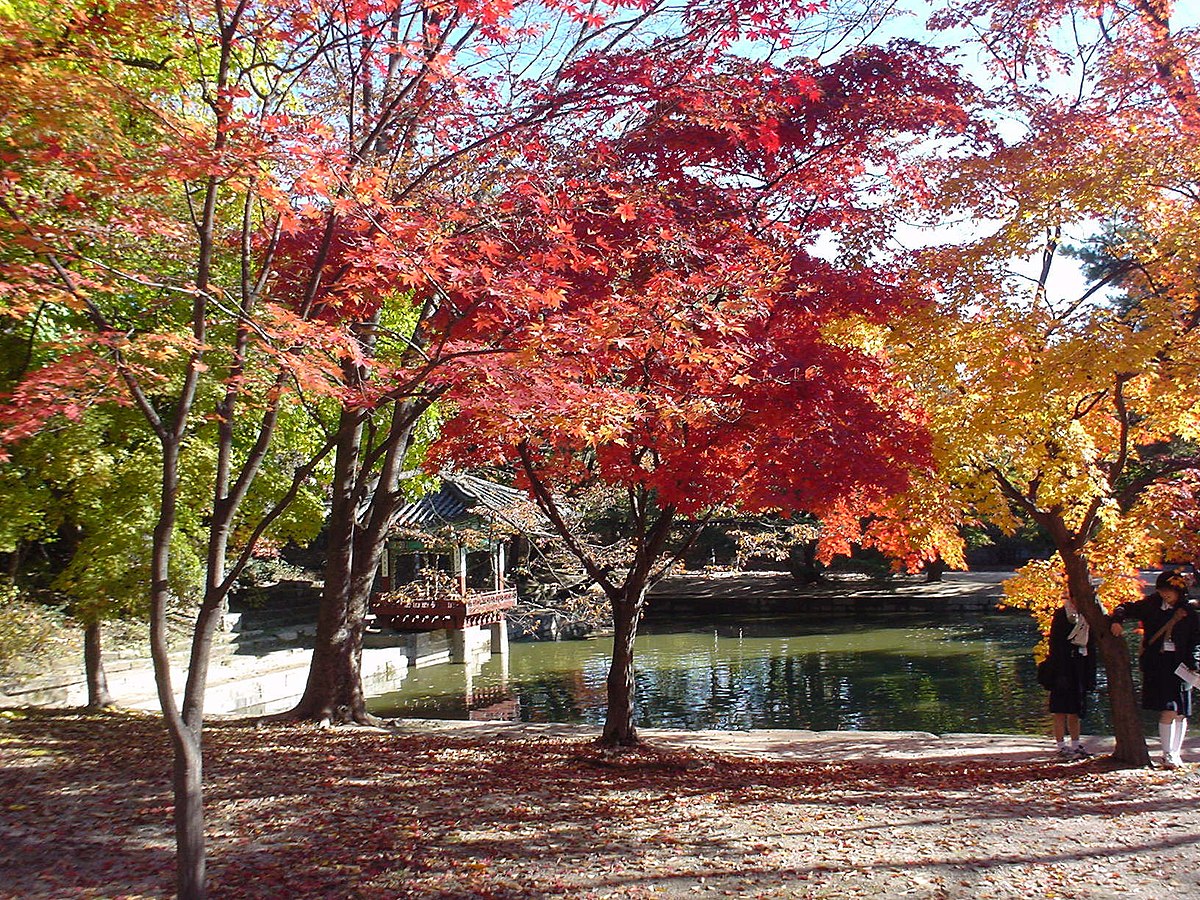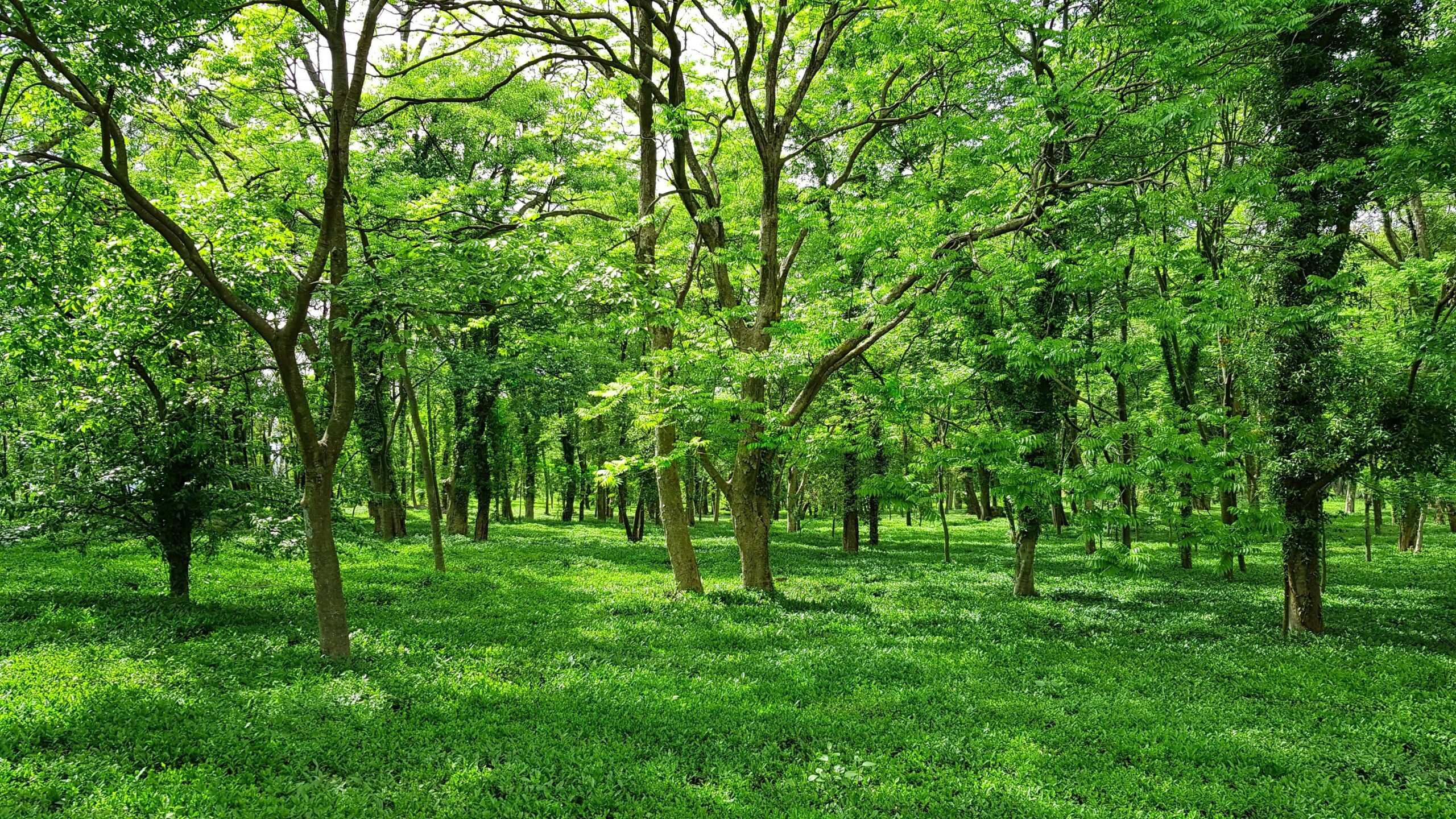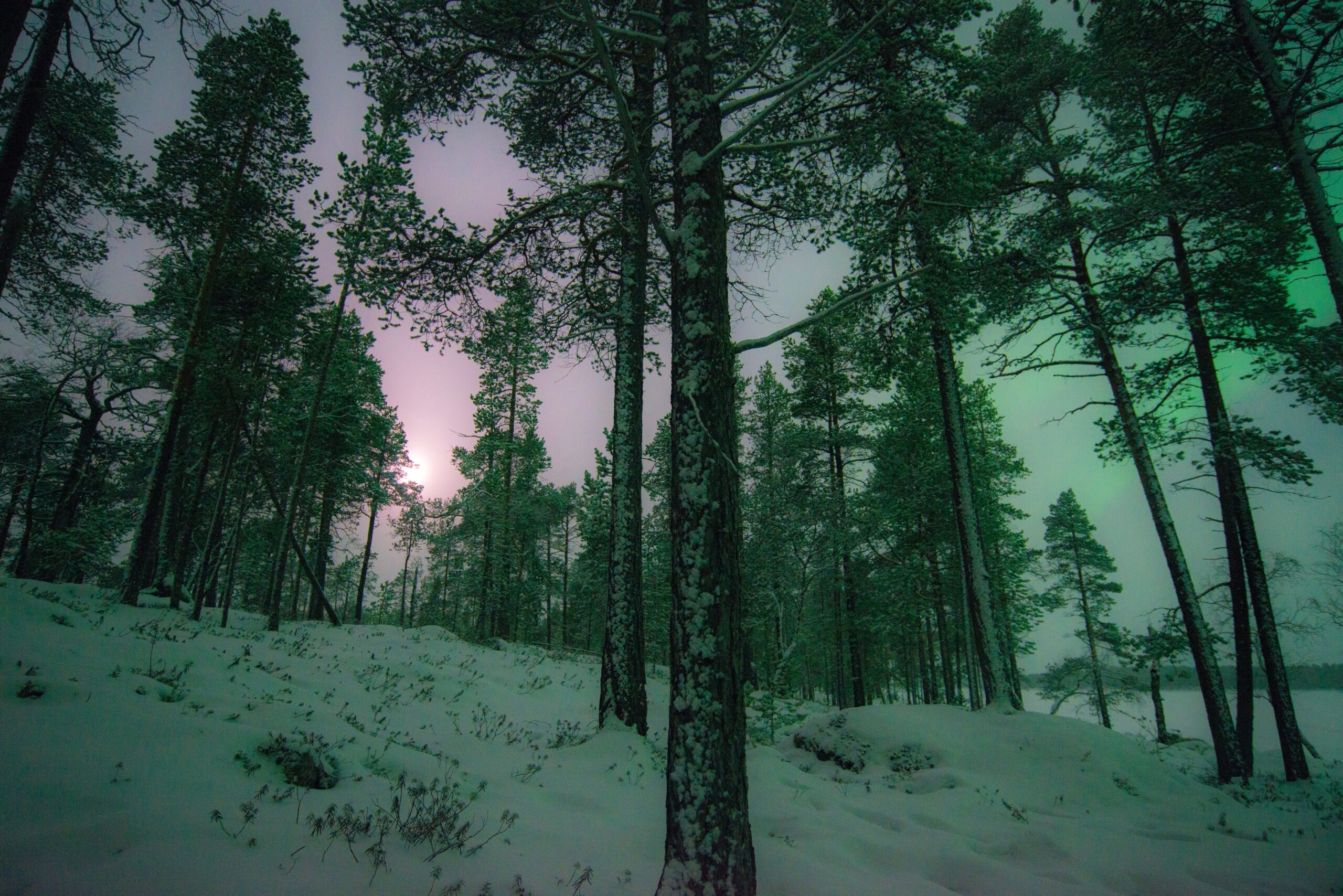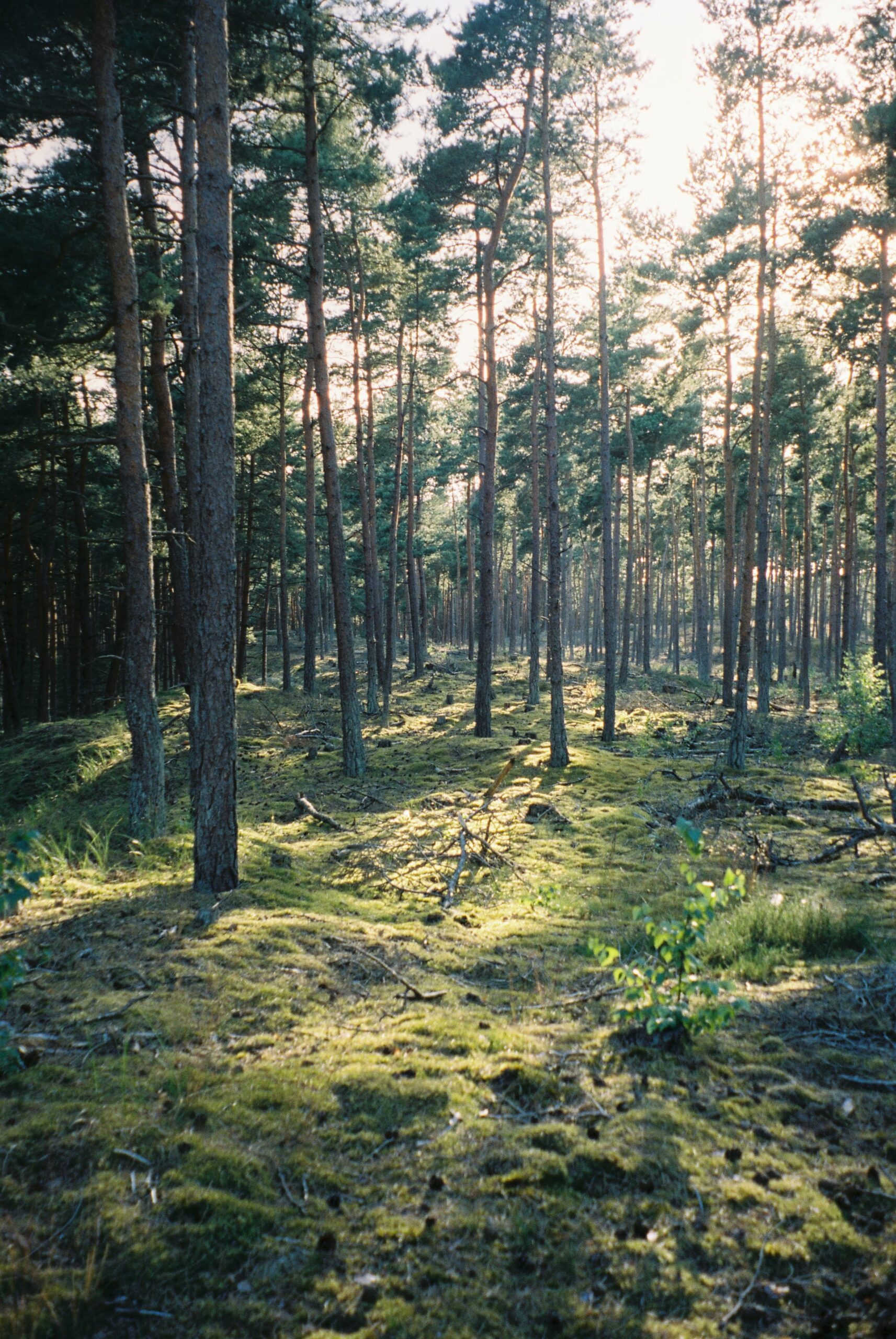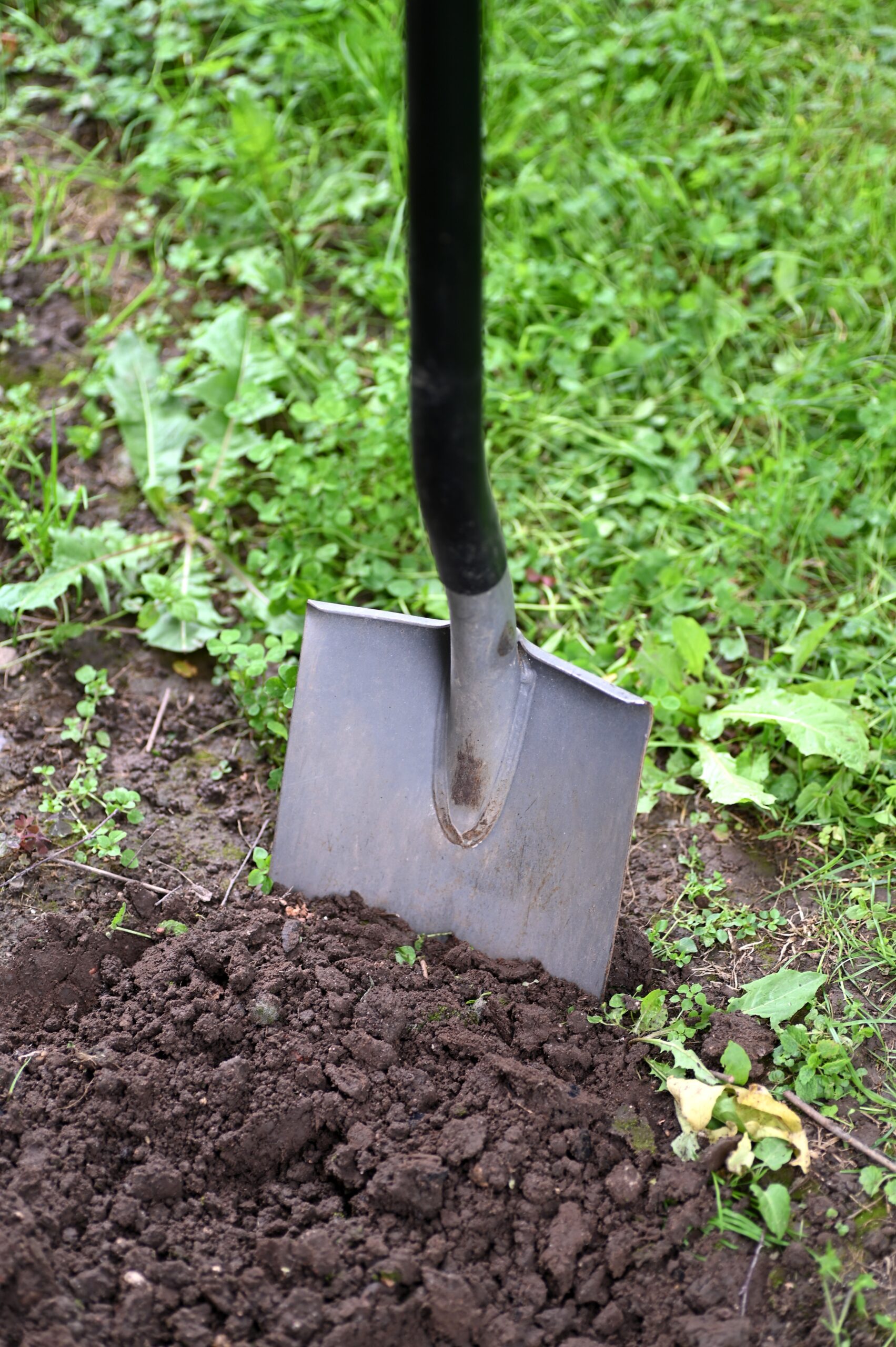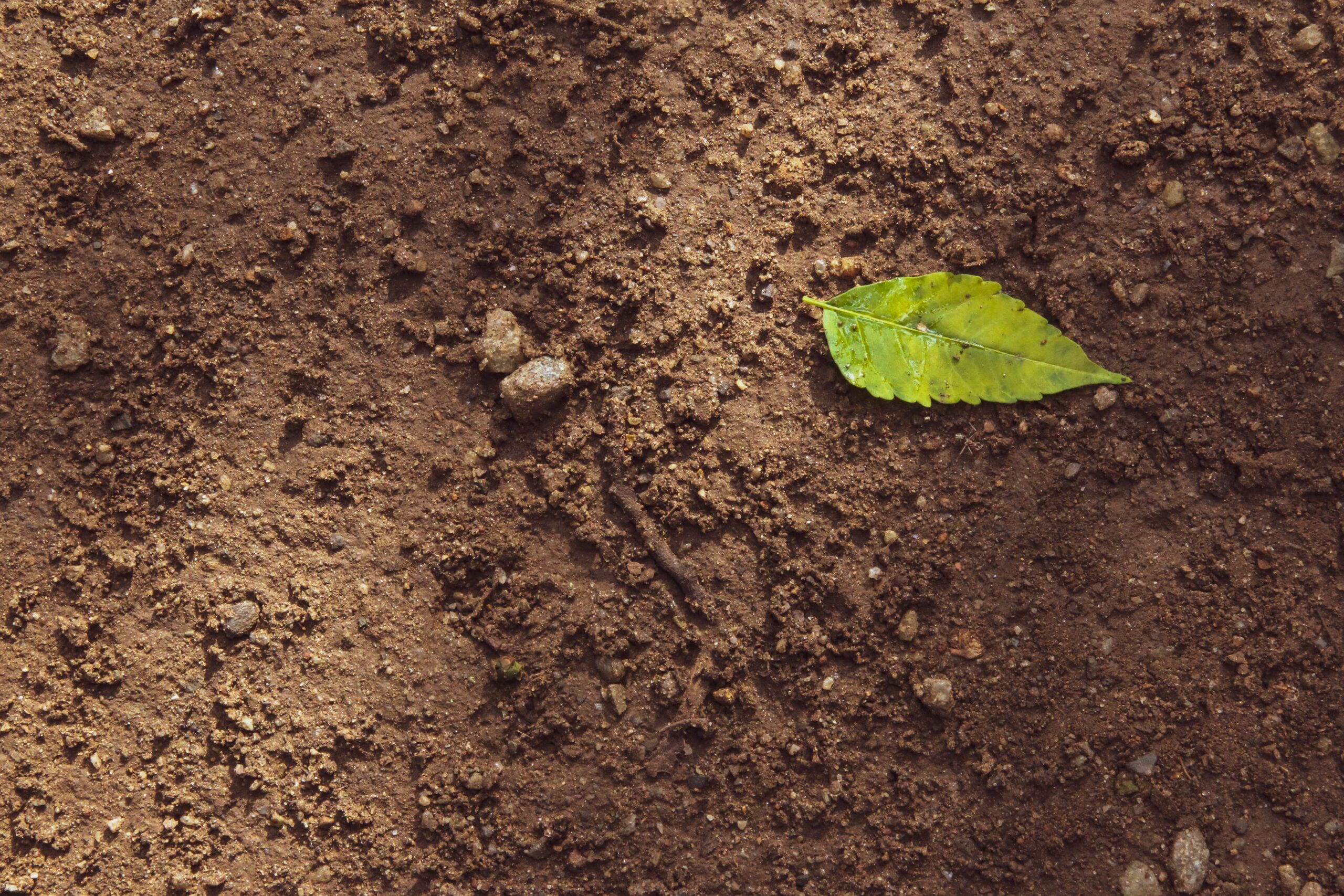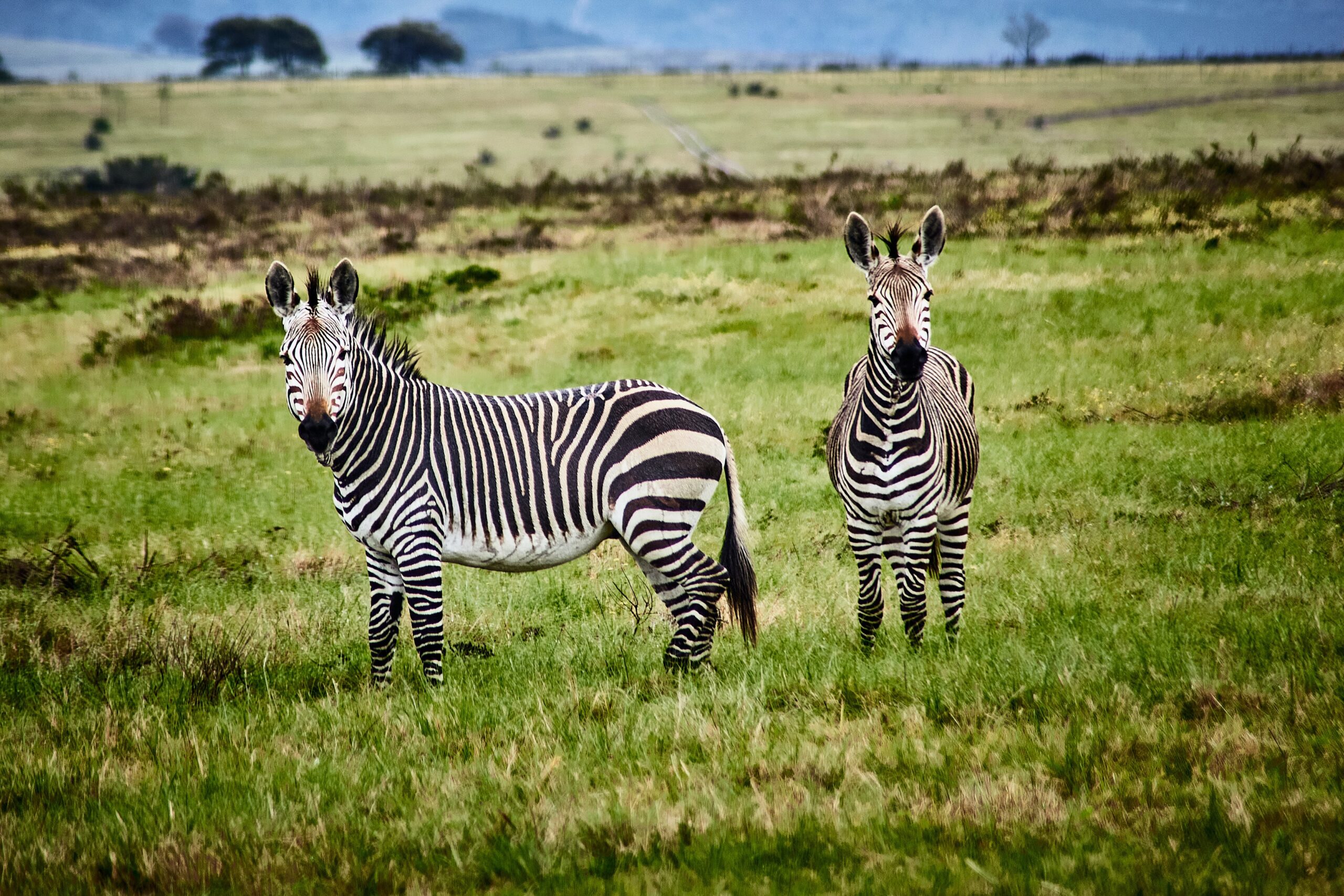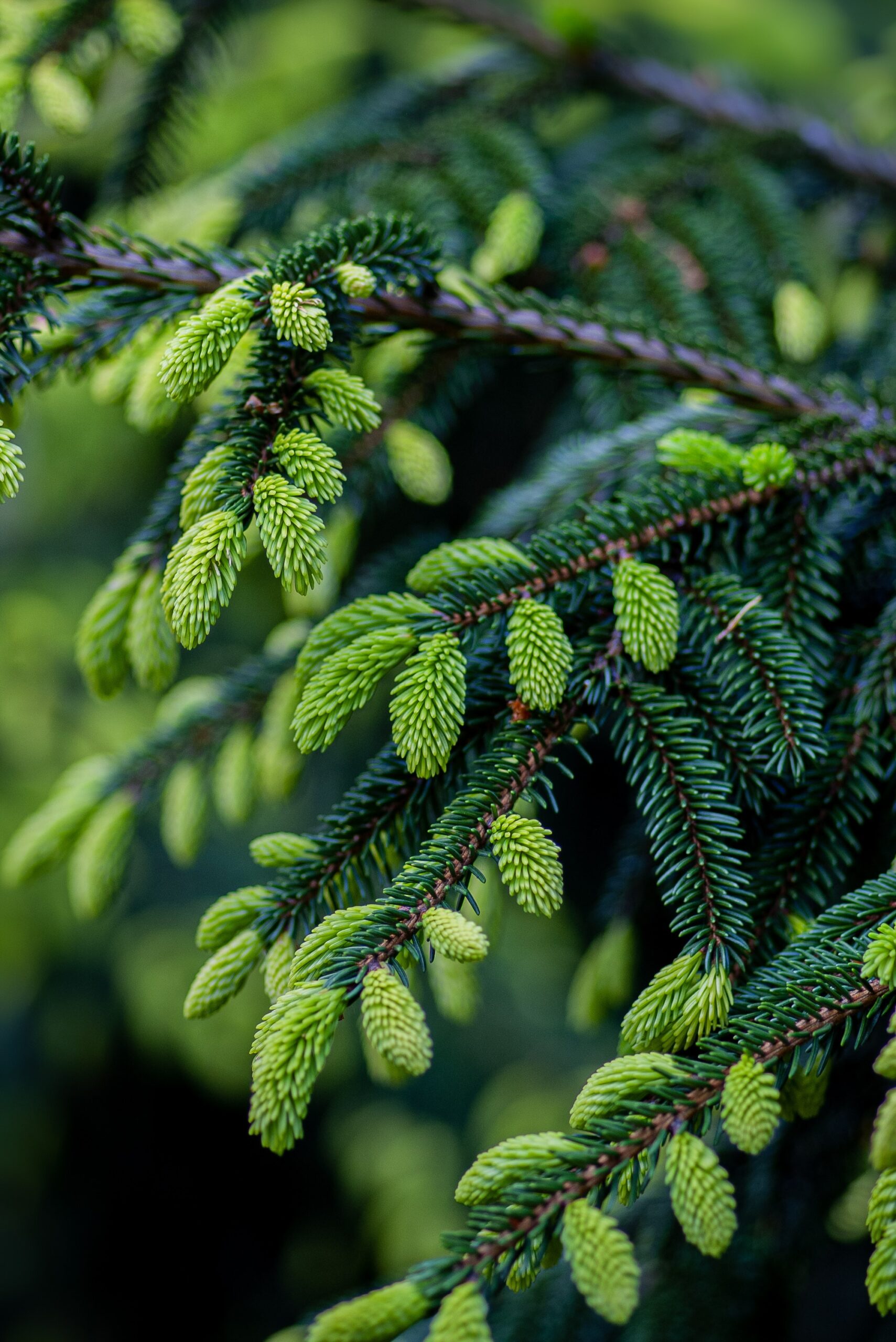Charismatic species are the main attractor of ecotourists to protected areas, but this narrow interest leads to under-appreciation of other biodiversity as well as cultural values of protected areas. Many protected areas with high conservation value, but little funding, lack charismatic species. Exploring tourists ’ preferences alternative to charismatic species may help identify ecotourism markets that are more likely to support such areas. We used a choice experiment and latent class model to explore tourists’ heterogeneous preference for biodiversity and biodiversity-related activities in South African national parks. We found that tourists’ preferences were not restricted to charismatic species, but extended to less charismatic biodiversity, as well as to landscapes. In addition, biodiversity-related activities, such as camping and game drives, the sense of wilderness attached to the place tourists were visiting and accessibility of protected areas, also affected tourists’ preferences. Particularly, domestic tourists, as well as more experienced international tourists, were more likely to support initiatives that promote a broader biodiversity experience than charismatic species alone, and were prepared to travel longer distances to do so. Our results reveal new opportunities to promote and support biodiversity conservation at sites where only less charismatic biodiversity is present. In addition, our results may help inform land-use planning based on public preferences for biodiversity conservation, incorporating sense of place.
Ecotourism marketing alternative to charismaticmegafaun a can also support biodiversity conservation
Year: 2016




















































































































































































































































































































































































































































































































































































































































































































































































































































































































































































































